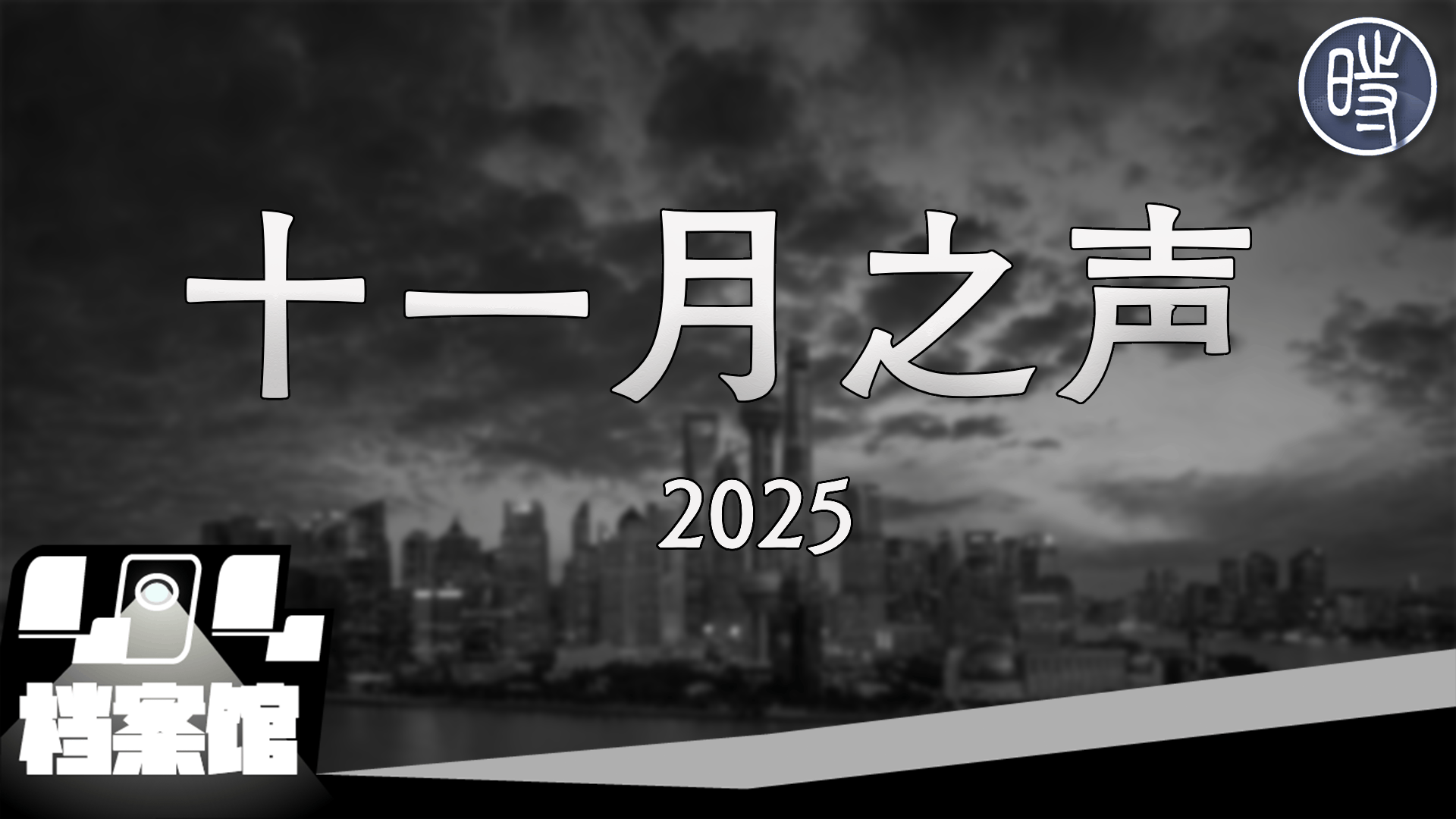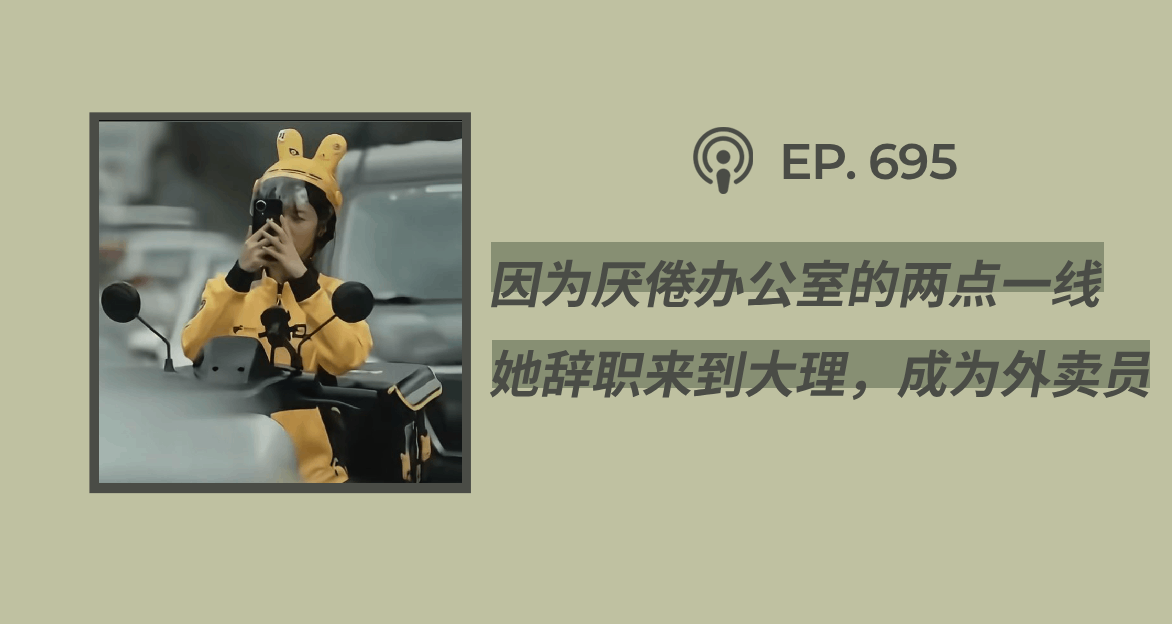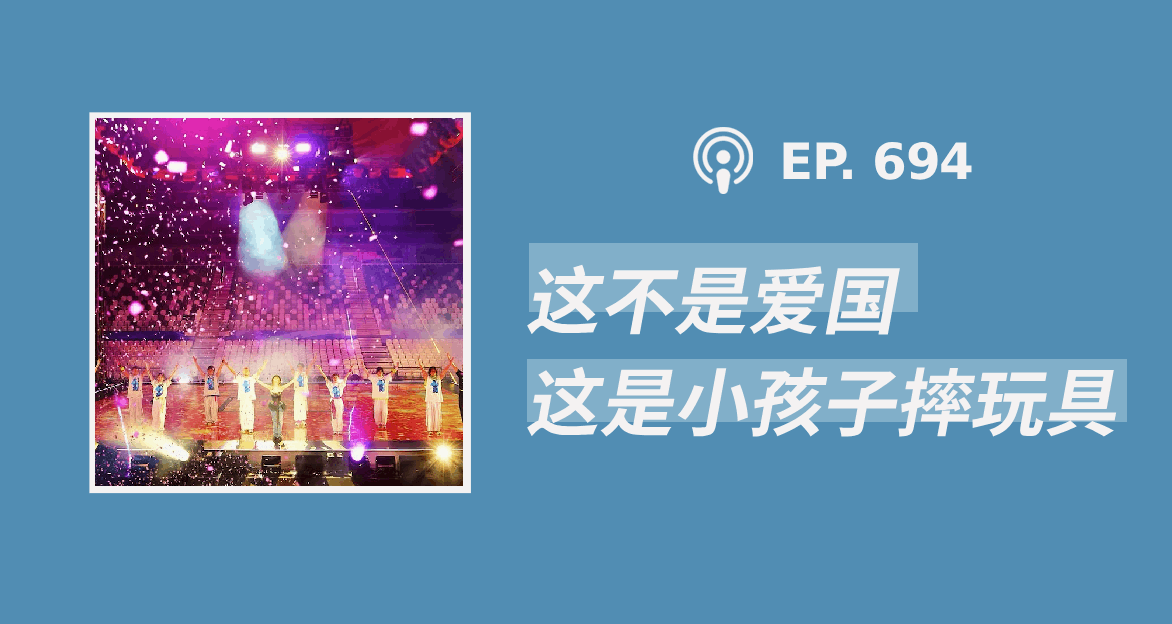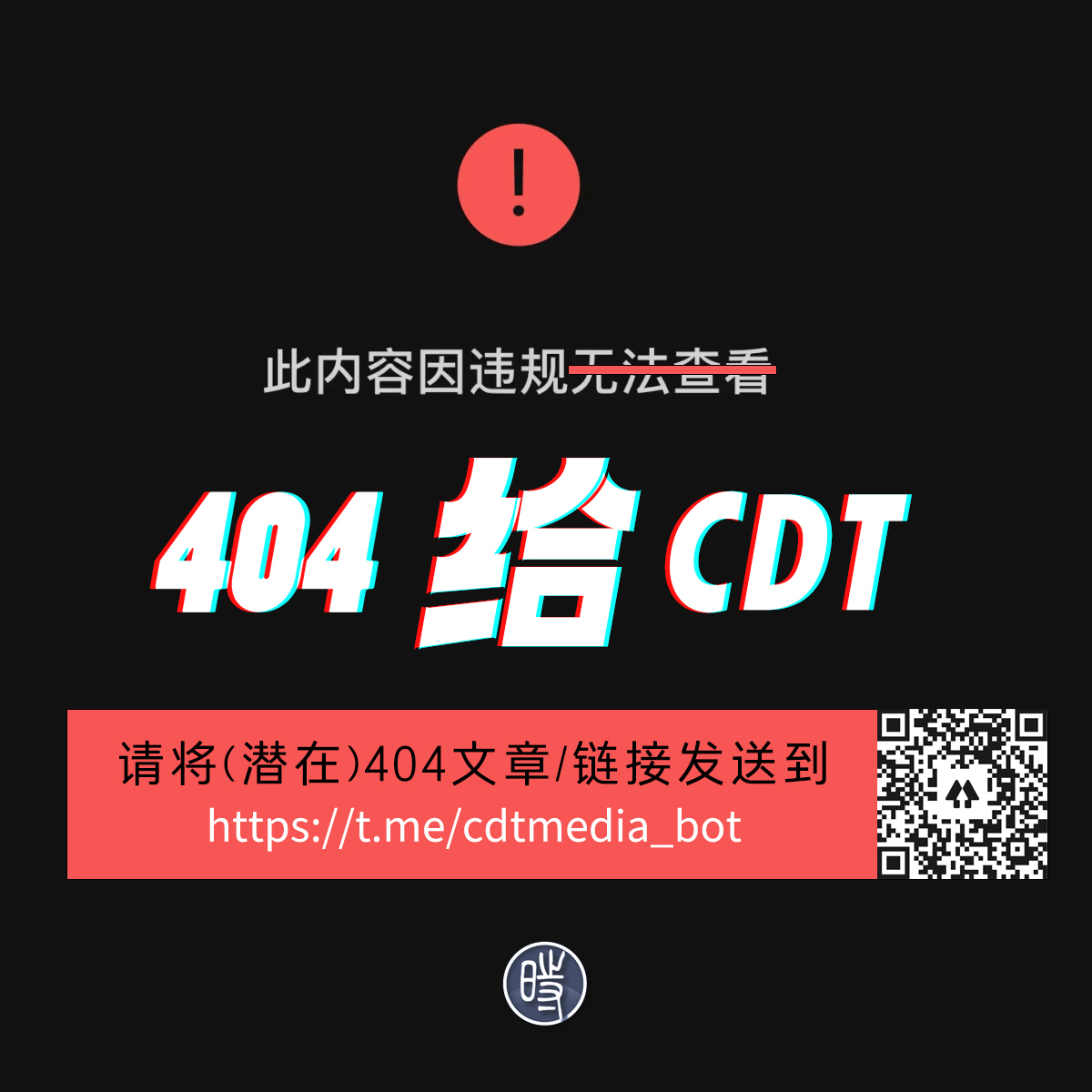原作者:
来源CHINA’S CHALLENGES Environment | China, What’s Next? &
译者515051371@qq.com
The environmental limits on China’s current road of economic growth will become increasingly apparent over the next five years, prompting policymakers to either change direction or brace for a nasty collision.
环境问题一直阻碍着中国经济发展的脚步,在未来五年内,此问题将益加突显。这必将促使当局者们思考下一阶段的发展问题:是改变经济发展方向,还是继续苦苦支撑这种方式走下去。
Their ability to do so will depend on what they are driving—which remains open to question. For all the talk of the ‘Chinese model,’ nobody can seem to agree whether it’s a juggernaut or a jalopy.
“司机”能开多远,取决于他们正在驾驶的这辆“车”本身。然而对于这辆“车”本身也存在着诸多的争论。在众多探讨“中国模式”的声音中,似乎还没有一个人能够断言中国究竟是一辆重型卡车还是一辆老爷车。
From a purely economic perspective, it looks very much like a juggernaut. Having overtaken Japan and still motoring along at double-digit pace with a fifth of the world’s population on board, the speed and size of China’s GDP is awe-inspiring. But from an environmental viewpoint, it more closely resembles a jalopy—belching fumes, wasting fuel and constantly in need of a radiator refill.
站在纯经济学的角度来看,中国似乎很像是一辆重型卡车。承载着世界五分之一人口的中国,经济总量已经超越日本,GDP增速仍然保持在两位数以上,这足以让世界为之惊叹。但站在环境学的角度来看,中国更像是一辆破旧的老爷车。一辆排放着熏人的尾气,耗油量大得惊人,还要不断向其加注散热剂的老爷车。
Over the past five years, China has become the world’s biggest energy consumer and greenhouse gas emitter. Its longstanding problem of water scarcity in the north has been compounded by pollution, overuse and drought, to leave an accumulated deficit of more than 200 billion cubic meters.
在过去五年里,中国已经成为世界上最大的能耗国和温室气体排放国。在中国北方,水资源危机已经十分严重。水污染、过度用水和干旱是主要原因,这三项因素导致的水资源累计损失已经超过2,000亿立方。
These problems show no signs of abating without an overhaul. On the latest trends of population growth, rising affluence and energy use, the emissions of the average person in China will surpass those of Europeans within five years and Americans within 10. Demands for water, energy, food and almost every other resource will also intensify, despite warnings that they are already beyond sustainable levels.
在没有改革的前提下,上述问题没有丝毫减弱的迹象。按照现在的人口增长速度,人民的财富不断增加,能源消耗日益膨胀,中国的人均碳排量将会在五年内超越欧洲国家,十年内超越美国。国民对于水、能源、食物和其他任何种资源的需求也将变得十分紧张,尽管受到警告,但他们已经超过了可持续发展水平。
Until now, Beijing has managed to avert a crisis with a series of supply-side solutions to provide more water and fuel, while tinkering with the engine mid-drive.
前段时间,中国各地的车辆在加油站外排起长龙。北京方面采取了一些列紧急供应措施,确保水和燃油供应,才避免了一场危机的发生。
It has embarked on the world’s biggest hydro-engineering project—the South-North Water Diversion Project—to channel rivers to the dry north. It has intensified diplomatic and trade efforts to secure coal, oil, timber and other resources in Australia, Africa and South America—adding to the competitive pressures with the United States. And it has boosted the efficiency of its industrial sector by investing heavily in new power plants and renewable energy.
曾被誉为世界最大的水电工程项目的“南水北调工程”,将水资源从中国的南方引到干旱的北方。借助外交和贸易的努力,中国在澳大利亚,非洲和南美等国家不断进口资源,确保国
内的煤炭、石油、木材和其他资源的供应,以向美国施加竞争压力。为了提高工业生产效率,中国方面不惜重金加强了对新能源开发和可再生资源的投资。
The upgrade to a sleeker, low-carbon economy is an expensive and difficult task that is a long way from completion, but China appears ready to pay. Last year, it invested $34 billion in ‘clean technologies’ compared to the United States’ $18 billion, according to the World Resources Institute. The two biggest alternative energies—hydro and nuclear—will see a rapid expansion over the next decade, though they too have an environmental cost. Wind energy generating capacity is growing fast (China became number one in this field too last year), but more than a third isn’t yet connected to the grid. Development of solar power, eco-cities and electric vehicles has even further to go, but the government has committed considerable funds to realise these goals.
升级到一个和谐、低碳的经济,对中国来说一项艰巨和昂贵的任务。要达到减排目标,中国还有很漫长的路要走。但中国已经开始行动,据世界能源机构报告,仅去年,中国在“绿色科技”方面投资就达340亿美元之多,同期美国的投资仅180亿美元。未来十年,最大的两种替代能源——水电和核电,这两种能源将在中国呈快速增长趋势。不过,这两种能源也是有环境代价的。风能资源的开发也十分迅猛(中国去年成为该领域NO.1),但超过三分之一的风能并没有很好地用于发电。太阳能发电,生态城市建设和电动汽车发展等还需要更长的时间建设。中国政府表示,会尽快成立相关基金来积极推动这些项目的发展。
It has been far less willing to implement demand-side constraints, which is understandable given the relatively low living standards in China compared with developed nations and the fear of social instability if growth slows. Where it has been forced to impose limits—on pollution control—results have been mixed due to corruption, poor governance and the often conflicting goal of economic expansion. Given this background, the Politburo has preferred to set ‘intensity’ targets—for example on energy and carbon emissions—that are pegged to GDP.
中国当然很不愿意打压需求,这很容易理解,一旦经济增长放缓,结果必然会造成和发达国家生活水平的巨大悬殊以及社会的动荡不安。凡已经实施污染控制的地方,结果是喜忧参半,其原因在于:腐败、治理不善以及与经济目标的背离等。在此背景下,中央政治局已经开始制定“刚性”目标——如节能减排行动——直接将其和国民生产总值(GDP)挂钩。
But there are signs that this may be changing as the environmental road grows more bumpy, crowded and dry. Beijing recently imposed its first restrictions on car ownership, cutting new registrations by more than two-thirds to alleviate traffic and pollution problems. Last month, state planners said China would impose a cap on annual water consumption of 670 billion cubic metres, as well as doubling spending on conservation and efficiency measures over the next 10 years.
有迹象显示,中国的道路颠簸、拥挤和干燥等问题正在改观。据悉,北京近日出台了其首个限制车辆方案,削减了超过2/3的新车注册,以缓解交通压力和空气污染问题。上个月,国家规划师表示,中国将制定一个年节约水资源6700亿立方米的新措施,在未来十年,国家还将投入双倍的资金用于保护水资源和提高用水效率。
In the next five-year economic plan—due to be unveiled in March—the government will also introduce pollution reduction targets for nitrogen oxide and ammonia in addition to the existing goals for sulphur dioxide and chemical oxygen demand. Along with a proposed environmental tax, this is likely to add to the costs of industry, but it should mean that China’s notorious smogs finally start to dissipate.
将于三月份公布的下一个“五年计划”中,政府将在现有的二氧化硫和化学需氧量减排基础上,制定新的氮氧化物和氨气减排目标。伴随环境税的征收,中国工业的成本必然提高,但这意味着中国声名狼藉的烟雾终于开始慢慢消散。
To the frustration of many trade partners—particularly Japan and the United States—the government is also limiting exports of rare earths used in high-tech manufacturing. This is partly justified on environmental grounds—the mining is dirty and China no longer wants to be a supplier of primary resources—but largely because it wants to move up the value chain by keeping those metals for production of home-made technology.
以日本和美国为代表的贸易伙伴们遭受到打击——中国政府开始限制用于高科技制造的稀土资源出口。当然,一方面,这是出于正当的环保理由的,采矿污染环境,中国不希望再做第一资源供应国;但另一方面,也是主要原因所在,中国希望留住这些稀土资源,用国产技术制造出高附加值成品,以此来提升其在全球价值链条中的地位。
A still cleaner shift of direction, however, would entail an overall target to limit energy use—and by association set a peak for carbon emissions. This radical step is still being debated by five-year planners, who are trying to reduce China’s dependency on coal, which is the main source of greenhouse gas and acid rain, as well as being a blight on agricultural land and river systems. For all its investment in clean technologies, China remains addicted to this dirtiest of fossil fuels, which still supplies 77 percent of the nation’s energy.
还有一个更绿色的转变,然而,这需要制定一个总体目标——设定一个碳排放上限,以限制能源的使用。这项全新的举措也被写入了下一个五年计划,力争减少中国对煤炭资源的依赖。全球温室气体、酸雨的主要来源,土壤、河流的主要污染源都是煤炭。尽管不断投身于新能源开发,但当下中国使用的77%的能源还是最脏的化石燃料。
Limiting the use of this primary fuel is essential for China and the world. Without this change, there can be no transition from carbon-burning jalopy to high-tech juggernaut and the drivers of the economy will find it harder to maintain control.
限制初级能源的使用,不管对中国还是对整个世界来说,都是至关重要的。如果没有此转变,就不会有烧炭的老爷车向高科技的大卡车的转变。而国家这辆“车”的“司机”,也将感觉到越来越难以控制住方向盘。
Easing off the accelerator now will be far easier than slamming the brakes later on.
现在就松松加速器吧!这比以后踩急刹车要容易得多!
Jonathan Watts is the Guardian’s Asia environment correspondent and author of ‘When a Billion Chinese Jump: How China Will Save the World – or Destroy It.’
作者简介:加西亚.沃茨是《卫报》的亚洲环境问题特派记者,著有《当10亿中国人起跳:中国将拯救还是摧毁这个世界?》一书。














